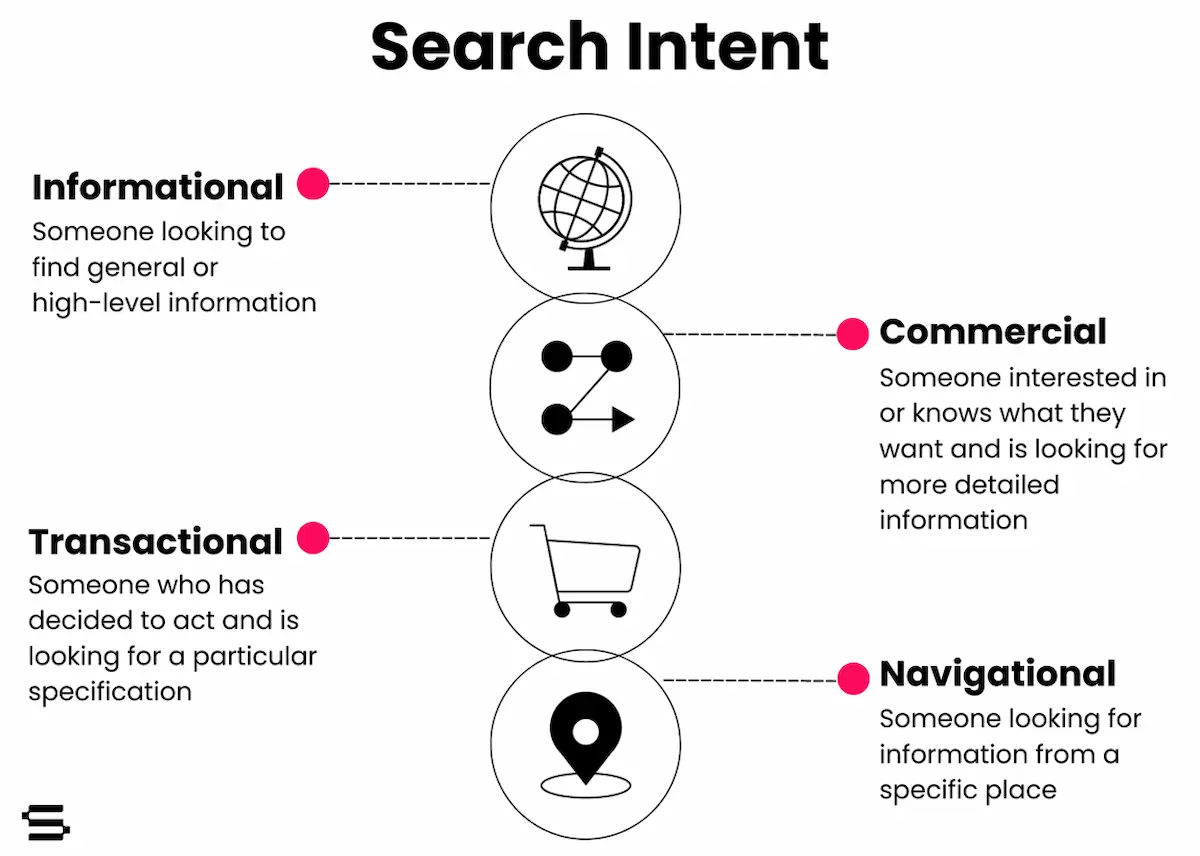For the last four years, I worked as a freelancer. I wore many hats. On any given day, I could be setting up a Google Analytics account, writing code for a website, designing a mockup or layout in Photoshop, meeting with a client to discuss a new or existing project, or all of the above. It wasn’t bad. I made my own hours, set my own prices, worked late nights, and got to choose the clients that I worked with. However, after four years, I decided it was time for a change. I needed to shake things up.
The Turning Point
The thought of working with an agency had always appealed to me. I was already used to working with a wide breadth of clients on many different tasks. What I wasn’t used to was collaborating with a consistent team on a regular basis. I craved more from my freelance career. I wanted to have the opportunity to team up more with people, gain more experience and perspective. I wanted the opportunity to explore new avenues, and work on a variety of projects. This was a flavor that I could find at an agency -- but not necessarily with an in-house position. Making the jump would also make me jump out of my comfort zone and try something new. Additionally, I could specialize in a particular area, focus less on closing sales all the time, and concentrate more on the work at hand. So, of all of the agencies, why did I choose to work in analytics at Seer Interactive?
Why I Chose to Work with Seer
First of all, Seer had frequently been listed as a top company to work for in Philadelphia. I’ve lived and worked in Philadelphia for a decade and have evolved with the city. Philadelphia has tons to offer and I am happy to call it home. I had already met a few people at Seer before I applied and they all loved working here. They spoke highly of their colleagues and of the work itself.
Once I began to research Seer and learned what the company was all about, I discovered that this was a business whose comfort zone was situated on the cutting edge of the intersection of marketing and technology. Seer Interactive, as I found out, was a company that was focused on RCS, which I could relate to. There seemed to be no effort, on their part, to sell bells and whistles or convince clients to buy into what I like to call “hocus pocus” services. I felt an immediate connection to the vision of the company and its effort to guide client success by reaching their audiences through relevant and compelling ideas to optimize and advertise their clients’ products and services.
Most significantly, though, I loved how Seer was focused on the measurement of each campaign’s performance. Not only could they run a highly successful SEO or PPC campaign, but they had the data to back it up. As a results-oriented person, naturally, I was drawn to analytics at Seer.
Advantage: Analytics
In practice with my own clients, I discovered that analytics was at the backbone of every successful digital marketing campaign. The usage of analytics in digital marketing allowed the clients that I had worked with to set tangible and attainable goals. As a freelancer, I had used analytics to benchmark achievements and also determine the overall success (or lack thereof) of each project, from end to end.
What I found most exciting about analytics was that it allowed me to peek at the performance of a campaign from the moment that an outreach email was sent, view clicks on a website or landing page, and follow the customer journey to and from the submission of a lead generation form. It allowed me to see and measure each individual part of a campaign, find its weak points, what was working, and identify areas of opportunity to attract new customers for the business at hand.
More so, I discovered that there is much more to analytics than the traditional installation of Google Analytics on a website. Google Analytics lets businesses easily tag their existing websites and landing pages to track individual events, such as downloads and form submissions, not just pages that users land on. Not to mention, with Universal Analytics, businesses now have the opportunity to use a unique identifier that allows them to track their user through the entire breadth of the campaign, through their CRM system, such as Salesforce, Marketo, or Hubspot, and back, without using any personally identifiable information. This is what we call closed-loop analytics. Universal Analytics also allows each business to use the same UID to track their user’s sessions amongst various devices. For someone who has spent time working on each part of the online marketing campaign and has spent time focusing on device compatibility, this was particularly fascinating.
Once I arrived at Seer, I quickly discovered that the reason that this company works so well is because they choose to work only with people that they trust. The company’s culture is built around this foundation, and it works. Each employee has something to bring to the table and share with their clients and colleagues. There is never a shortage of knowledge. Not to mention, the benefits are great. There is huge opportunity for growth at this company and in this industry. I think I’ll settle in quite nicely. It’s pretty exciting to be in a rapidly growing field at a rapidly growing company.

